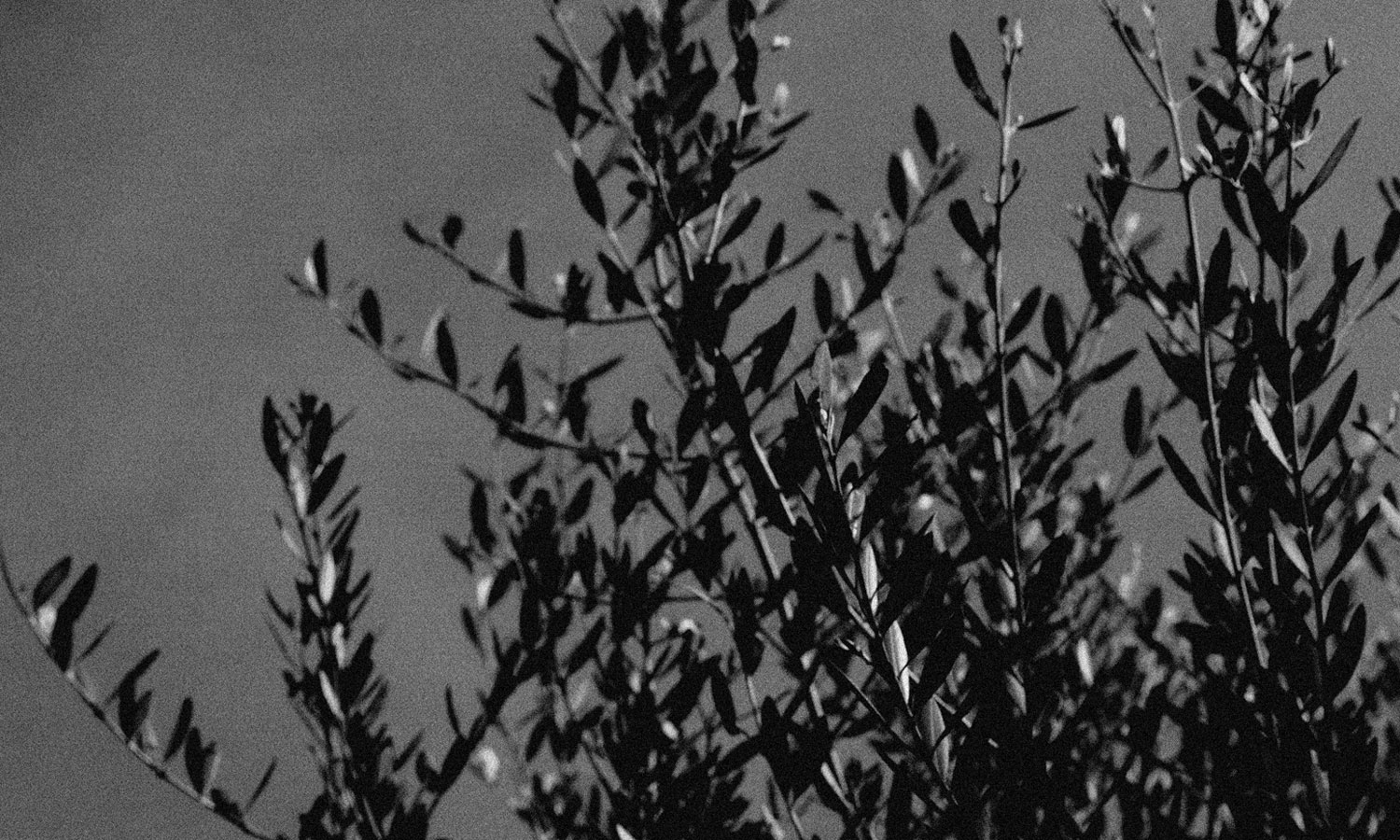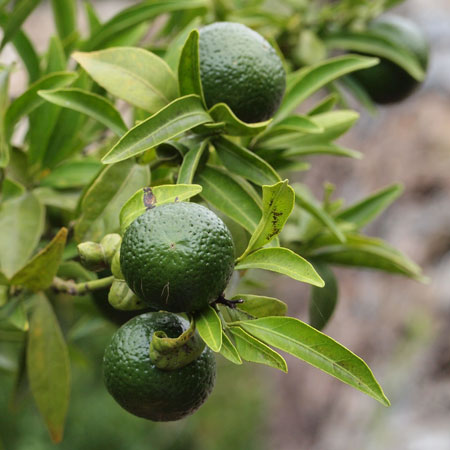

TREE OF PARADISE, A MEDICINE FOR MIND AND BODY.
Many years ago when I was a kid, with my brother Renato we discovered that a tree of our father citrus grove, appeared slightly different; Its leaves were thinner and seemed to fear the drought even during the rainy days and its fruits, very similar to clementines, appeared very tasty. We asked our father if we could eat them and when we asked why they were not collected and tasted along with the other…they seemed more attractive thanks to their scent. Our father's response was no… "they are no fruits to eat, they are used for jams, please leave them alone, they are chinotti ".
But since we were young and a prohibition with little explanation was a real temptation, one evening we tried them … like Adam in the Garden of Eden we bitterly sinned. I said bitterly because we discovered immediately the reason of the prohibition: they were almost inedible and bitter!!! We threw them away, unable to remove the peel from the fruit, they were the bitter chinotti … then I discovered that they were some sort of magic potion for the health. Chinotto (strictly of Savona, just to be clear) it is said was imported from China to Savona by a local sailor at the beginning of 1500. Of course the name can only remember its origin although other sources hint that it could be imported by Portuguese that in India, in Goa, knew this bitter fruit and they discovered its qualities. As for the "pernambuco" orange and in general for citrus fruits, the Portoguese contribution was definitely important. As it happens for the Bergamot, also for chinotto the attraction was linked to the possibility of obtaining from the fruit an essence for perfumes and to its organoleptic characteristics (vitamin C); after its arrival in Savona Chinotto sets on the Riviera. Its scientific name might be Citrus Myrtifolia, with its unique leaves and the fact that it resembles Myrtle's leaves… But no! If you search well, it turns out that the chinotto of Finale is instead the Citrus aurantium, bitter variety, sub-variety sinensis, different from Citrus myrtifolia cultivated mainly in Calabria and Sicily, that was used for preparing the drink, and now it is also the drink of the Finale chinotto in a stem tall a meter and a half (but getting older it can reach sometimes more than 3 meters) wide and fragrant blooming that produces fruits very similar to mandarancio (for color and size ); in a year they can even have 500 fruits. To make excellent jams, according to the old recipes from Finale, you should collect the fruits while they are still green and cook with along with the skin. The jam that you obtain is magnificent and beautifully placed next to excellent cheeses or on a creamy vanilla ice cream or mozzarella. Historically chinotto lived an epic change… risking to disappear.
In 1500, like all citrus, it was used thank to the strong presence of antioxidants that ensured its preservation on the sailing ships, in order to provide to sailors vitamin C; ascorbic acid against Scorbuto. Chinotto to overcome his bitterness was eaten with sugar.
The diffusion of chinotto was in the Mediterranean but also in the areas (ancient Genoese colonies) of the Black Sea more similar to Mediterranean (Georgia) and let's not forget some Turkish and Syrian crops. Clearly the plant was engaged and somehow mixed with local varieties. In Savona, particularly in Finale, chinotto was more suitable to the multiple purposes thanks to its small size, the fragrant skin very strong and thick. After a selection that lasted more than five centuries, the plants now produces small fruits with few seeds with special characteristics. Thus it was born the Chinotto of Savona. But despite this organoleptic uniqueness, aroma and intensity of flavor and its great success after World War II, Chinotto in recent years was about to become extinct. Spanish, French and Ligurian crops were not enough, and even if it was consumes as a candied fruit, in jams and as a drink, chinotto was about to go off in the Mediterranean area.
The birth of the Slow Food Presidium saved this crop. Thus what in nature is one of the rarest and most precious citrus that ever lived it has been preserved for now. Only in Liguria there is this type of Chinotto and precisely on the coast (up to 300 meters above the sea level) in the province of Savona, between Varazze and Pietra Ligure. Although with different characteristics some crops remained in the area of Taormina and some between Tuscany, Calabria, France, Spain and in Georgia ... The success of the famous drink was a boom that imploded in few years. The essences (from flowers, leaves and especially from SCORA) were extracted, it was then produced a sort of perfumed oil of chinotto, and then candies, candied fruit jellies and chutneys were produced. From the harbor of Savona in 1550 that saw it coming, tons of candied chinotto were departing but the implosion was due both to management and economic policies, then urbanization followed and this took away the fertile soil for crops near the coast, in an unexpected succession of cold winters characterized by numerous frosts (including citrus fruits suffer) and finally the advent of the most profitable crops in the greenhouse.
But chinotto has returned and became a kind of magic potion, as well as perfumes and jams and other processes that enhance its nature full with antioxidant and vitamins, flowers are recommended for insomnia, for digestion and to improve appetite. It has a high percentage of synephrine that helps bowel motility. It 'also good for the circulation, giving a feeling of well-being to the body. As mentioned before, the cultivation is rare in the world but still lives in Liguria and Georgia on the Black Sea coast near Tbilisi. One of the most famous and largest Georgian consumer was Iosif Vissarionovich Dzhugashvili, known to us by the name of Stalin (steel), the dictator-secretary of the Soviet Communist Party. Stalin who was well known for his cruelty to his enemies (often former friends) loved chinotto, considering it following a Georgian tradition, a kind of amulet for viability, and good health. It is even said that he ate chinotto adding only a little bit of sugar. According to the Georgians that was the secret of an enviable physical strength even in old age. Georgian chinotto is survived and its minimal production happens to be equal to the one of Liguria.
CHARACTERISTICS:
